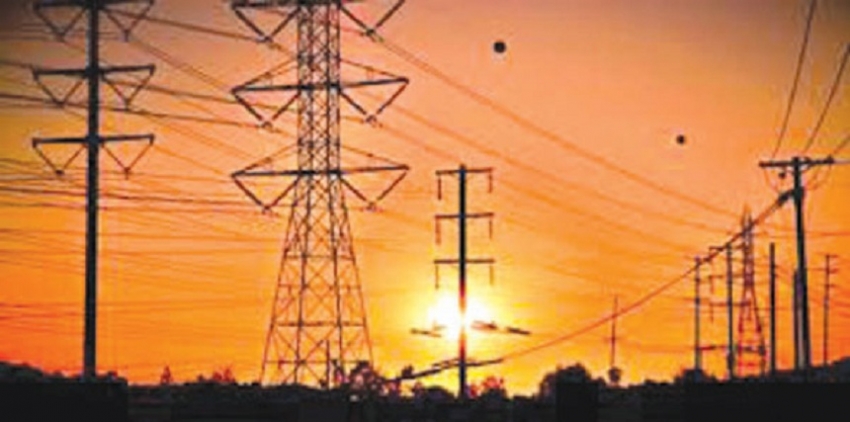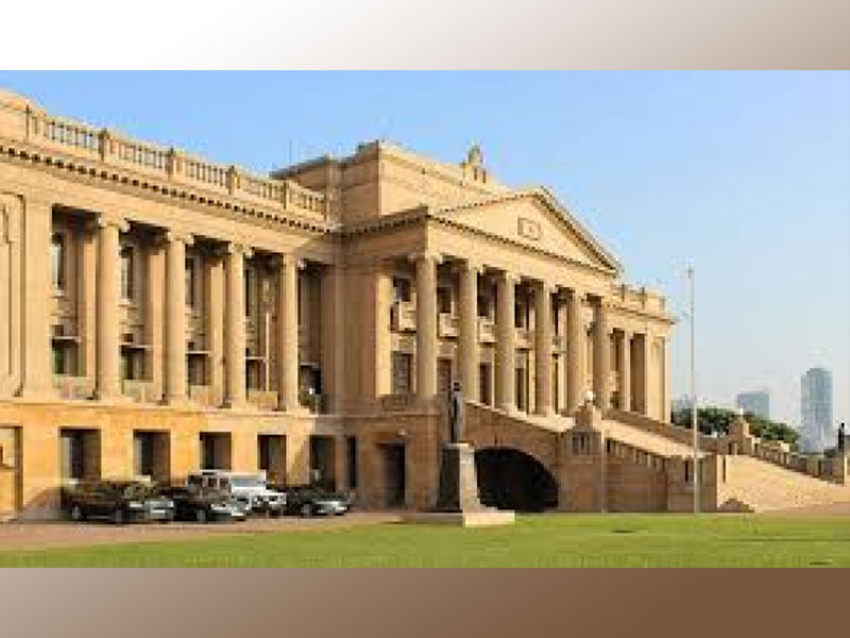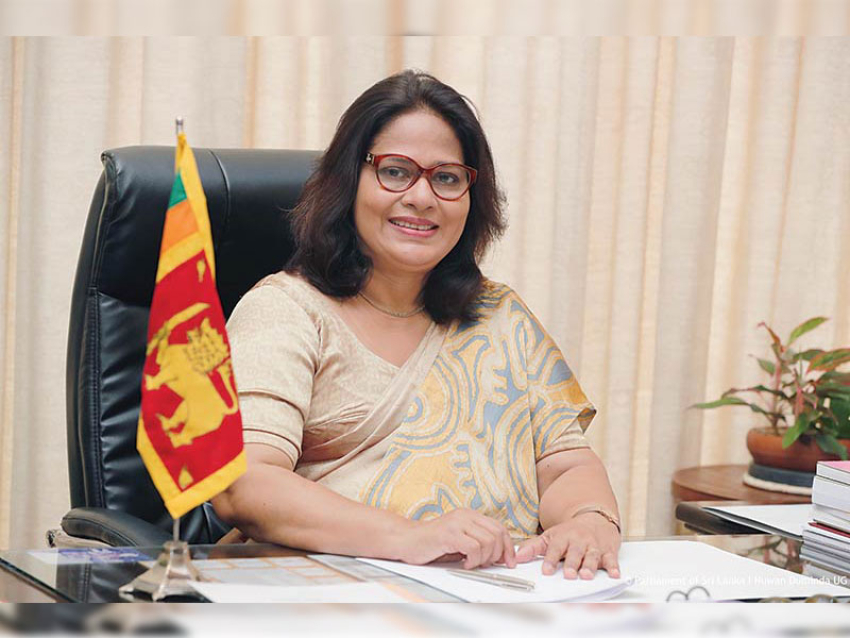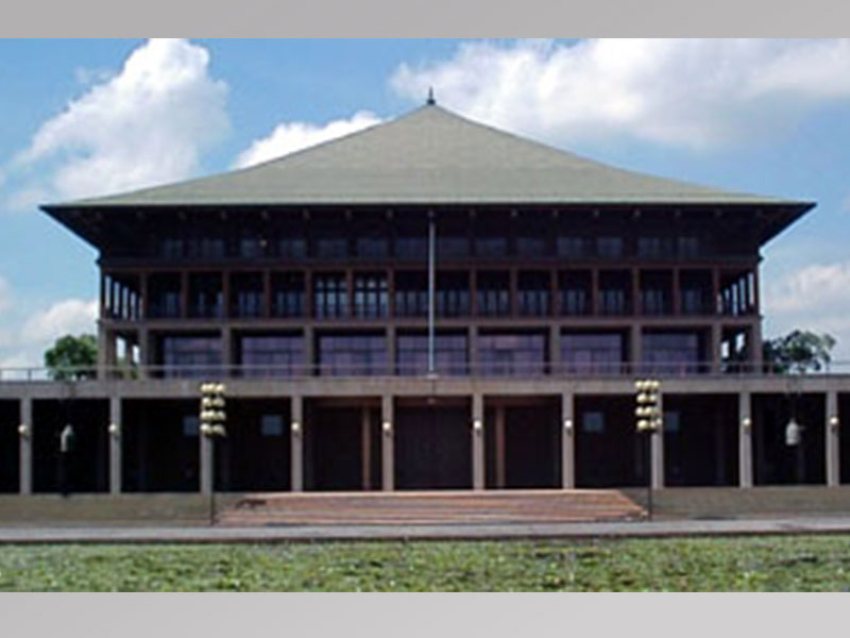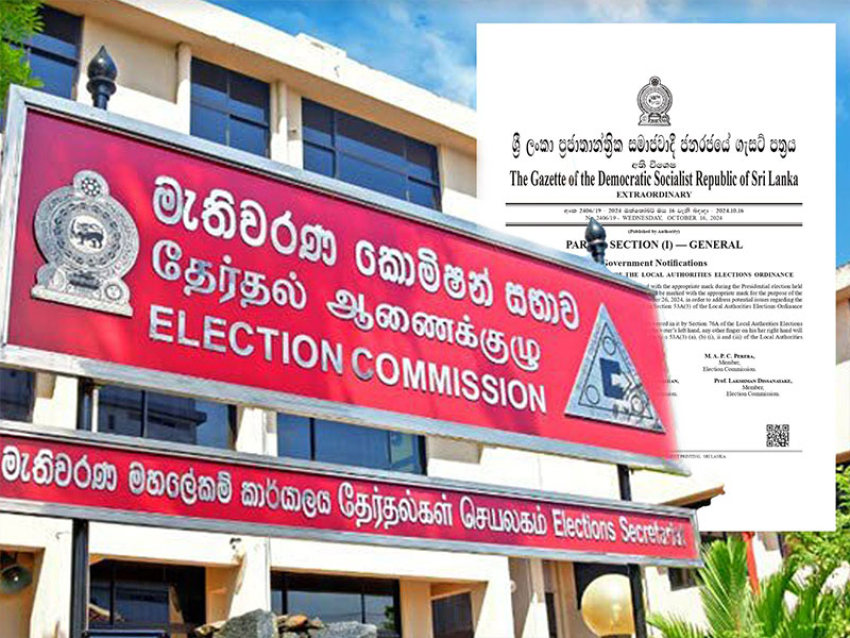To meet the growing demand at the lowest cost, CEB plans indicate the investment requirements for power generation to be $2,400 million from 2020–2025.“Matching investments are required for transmission (to interconnect generating facilities), estimated to be $320 million and in distribution (to serve the growing demand and to improve reliability of supply to customers) a further $60 million,” the report said. In terms of petroleum sales growth, no formal forecasts are published by Ceylon Petroleum Corporation (CPC), but it is expected that the growth in sales of petroleum products will remain at 5%– 10% per year. No specific investment plans are published by petroleum industry entities.
Giving an overview of the Electricity industry in Sri Lanka, the report highlights that at present, the electricity industry has three major constraints, such as capacity shortage and delays in implementation of mainstream power plants, slow growth in renewable energy development and severe financial crisis, mainly attributed to non cost reflective tariffs.
“The capacity shortage has to be resolved by building larger power plants. CEB has proposed that the two cancelled coal-fired power plants be revived and built using the latest technology. Additionally, two combined cycle power plants are required to be built to cater to seasonal shortages of hydropower.”
CEB expects the liquefied natural gas (LNG) import terminal to be ready by 2023, already behind its previous schedule at 2020. Renewable energy development through solar and wind investments by the private sector is effectively at a standstill, owing to legal impediments and lack of clarity on the feed-in tariffs. Solar and wind parks have been put out for competitive bids, but only a handful have materialized. These shortcomings have to be resolved, to create a healthy environment for private investors to build solar and wind power plants in the long

